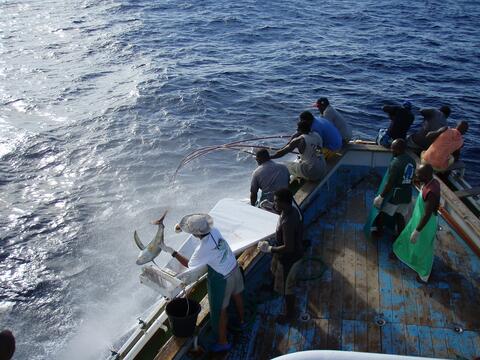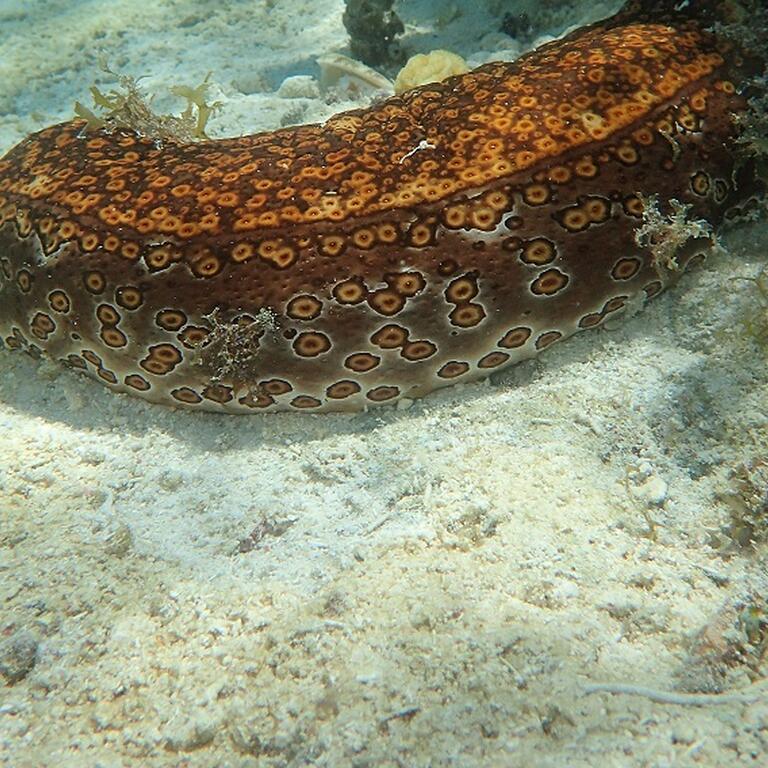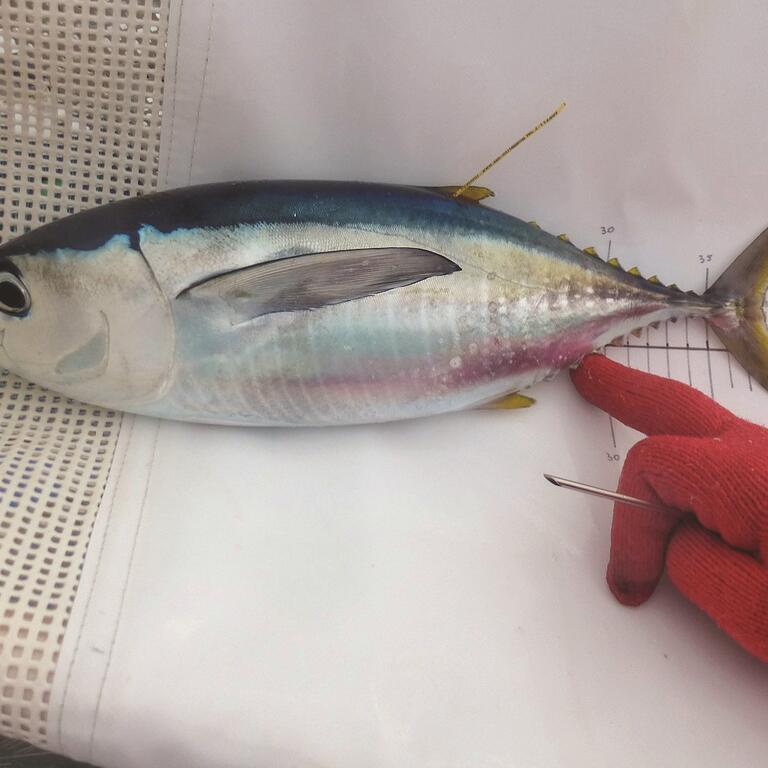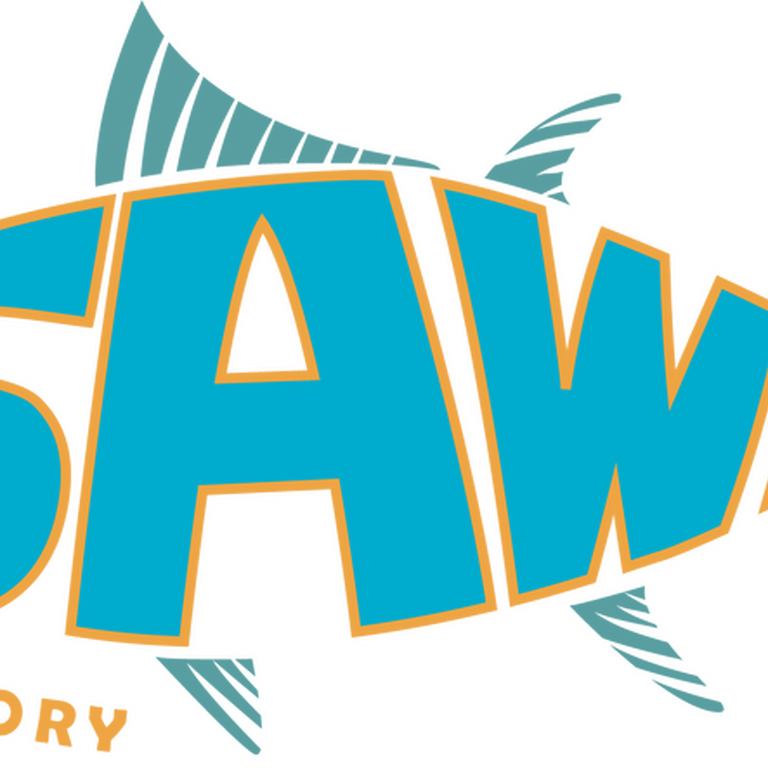Providing information and advice for the sustainable management of fisheries resources
Stock assessments of fisheries resources are an important part of the work we do in FAME. They draw on data and knowledge provided by fishers and scientists to provide vital information for the conservation and management of fish stocks.
Fisheries managers need to know how many fish can be caught, and what level of fishing effort can be allowed, without damaging the long-term persistence of the population while also meeting socio-economic objectives. This means estimating optimal levels of fishing that will be sustainable through time, meet the management objectives, but also remain resilient in the face of environmental shocks and uncertainty.
The nature of the vast and deep marine environment means that counting the exact number of fish is not possible. Stock assessment involves the challenge of estimating the current and historical numbers of fish and how fishing has altered the numbers over time. Our scientists are continuously working to refine the techniques they use to give us the best possible estimates of these numbers.

What is a stock assessment?
Stock assessments performed at SPC use a wide range of data (fisheries and biological) and mathematical modelling to estimate the size and health of fish stocks, and the impacts of fishing. These models can range in complexity, depending on the amount and type of data available. Some methods may simply require knowing the amount of catch and the effort required to take that catch; other more complex methods require additional information, such as the size composition of the catches, understanding of growth, reproductive biology, population structure, and natural mortality. These complex stock assessments are often referred to as “integrated assessments” as they integrate lots of different data sources and use mathematical modelling to estimate the current and historical size of the fish stock that would best explain all the data. Ultimately, good data is key to a good stock assessment – so our scientists rely on the regional network of fishery data collection and SPC’s data management team to provide them with the best quality data possible.
Stock assessment models can also be used to make projections of stock status into the future. This is useful for exploring how a fish stock might respond to different levels of fishing under alternative management regimes. We use this approach to help advise regional fisheries management bodies and member countries on the implications of alternative management approaches.
Stock assessment is not an exact science. There is a lot of uncertainty in predicting the state of a natural resource and how it will respond to exploitation. We incorporate this uncertainty into management advice so that management decisions and approaches can developed that are more robust to this uncertainty.
Stock assessment work in FAME
In oceanic fisheries, we provide routine assessments on the status of the tuna, billfish and some shark stocks in the Western and Central Pacific Ocean. The main tuna species covered in these assessments are skipjack, yellowfin, bigeye, and South Pacific albacore tuna. These assessments are presented to and reviewed by the Scientific Committee of the Western & Central Pacific Fisheries Commission (WCPFC) annually.
Our oceanic fisheries scientists conduct research to improve the stock assessments in collaboration with other research agencies. They develop software to run the assessments, and support fisheries managers and stakeholders in interpreting the assessments and resulting advice through provision of training, including the annual Stock Assessment Workshop (SAW).
Our coastal fisheries scientists use the best available scientific information to assess and advise members on their coastal fisheries resource status. At the request of member countries and territories, the team conducts assessments of coastal fisheries species of interest. Existing data is collated, and where possible, combined with dedicated fishery-dependent and fishery-independent surveys to provide advice to coastal fisheries agencies on the status of their inshore fisheries. Advice can include estimates of stock trends, recommended catch limits, size limits, and advice on management measures such as space and time closure regimes for sustainable fishing. Assessments of coastal fisheries are typically challenging due to their small scale, artisanal, and remote nature. Local communities and fishery agencies play a critical role in supporting our work in this area through support of data collection programmes.





